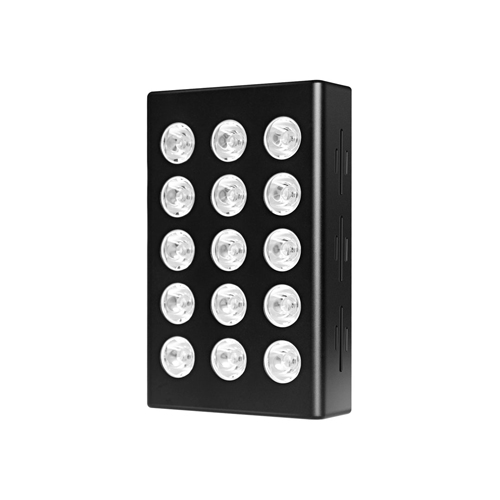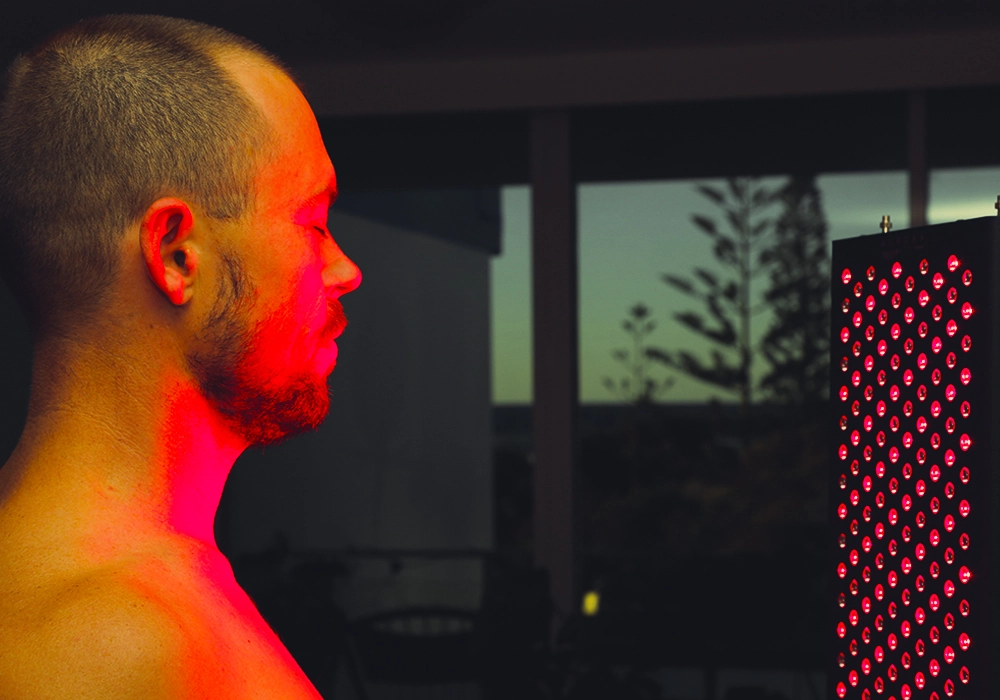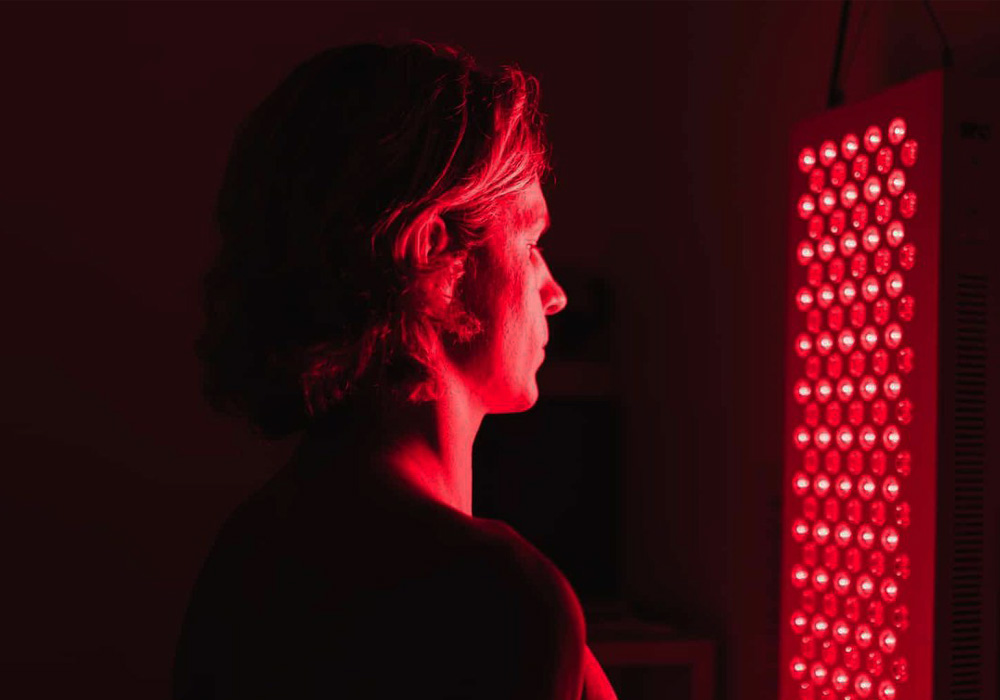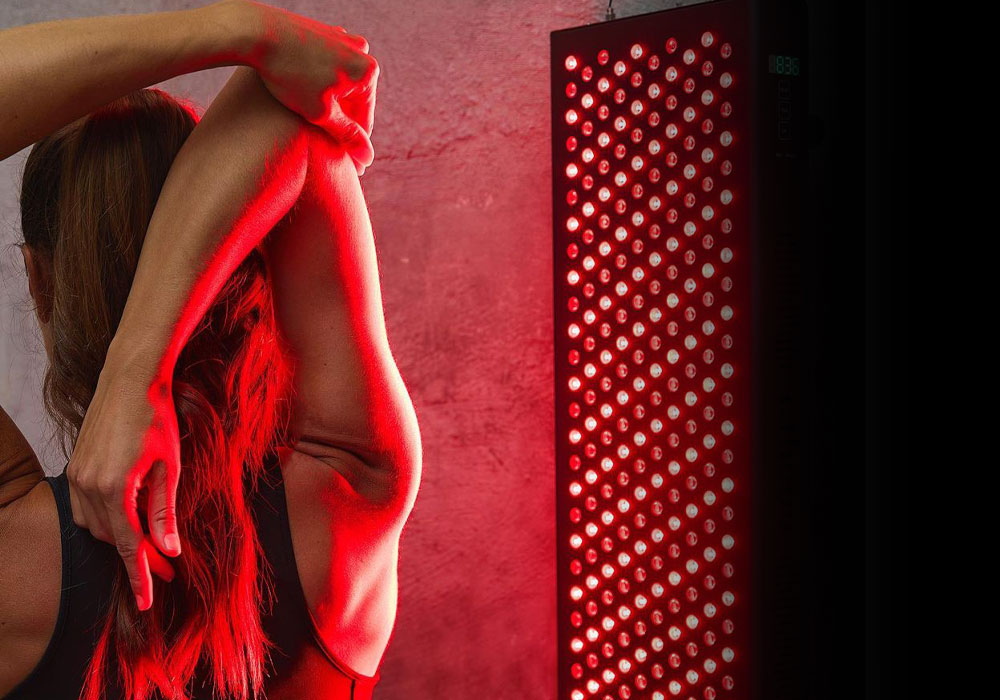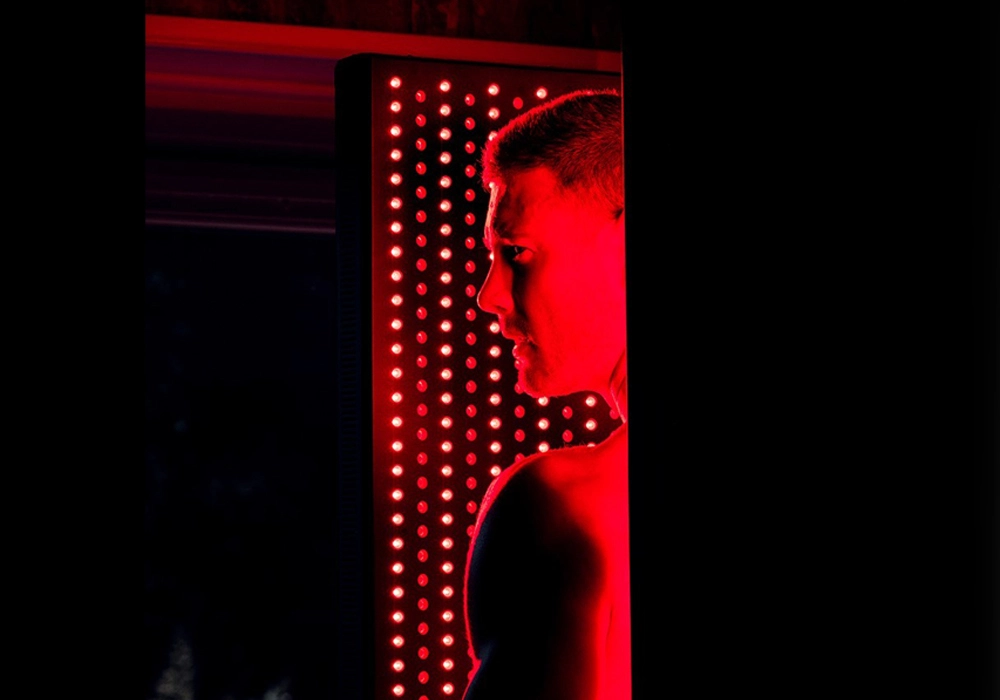![]() Free Shipping
Free Shipping ![]() Buy Now, Pay Later
Buy Now, Pay Later ![]() Eligible
Eligible
Red Light Therapy and Hypothyroidism
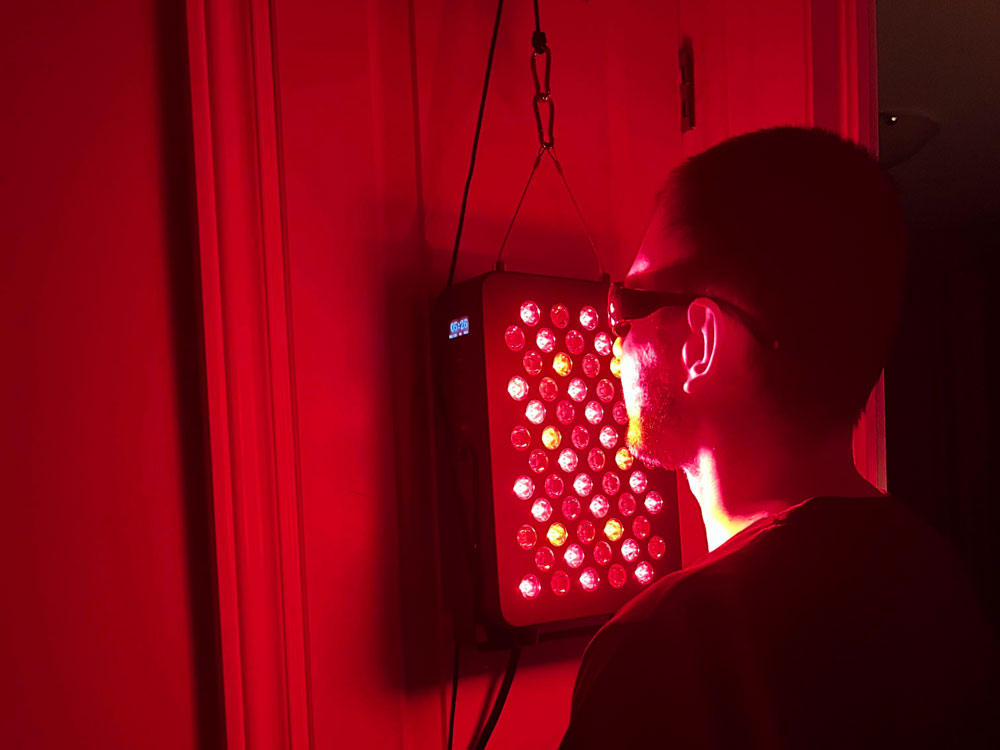
Thyroid issues are pervasive in modern society, affecting all genders and ages to varying degrees. Diagnoses are perhaps missed more often than any other condition and typical treatment/prescriptions for thyroid issues are decades behind the scientific understanding of the condition.
The question we are going to answer in this article is – Can light therapy play a role in prevention and treatment of thyroid/low metabolism problems?
Looking through scientific literature we see that light therapy’s effect on thyroid function has been studied dozens of times, in humans (e.g. Höfling DB et al., 2013), mice (e.g. Azevedo LH et al., 2005), rabbits (e.g. Weber JB et al., 2014), among others. To understand why light therapy may, or may not, be of interest to these researchers, first we need to understand the basics.
Introduction
Hypothyroidism (low thyroid, underactive thyroid) should be considered more of a spectrum that everybody falls onto, rather than a black or white condition that only older people suffer from. Barely anyone in modern society has truely ideal thyroid hormone levels (Klaus Kapelari et al., 2007. Hershman JM et al., 1993. J. M. Corcoran et al., 1977.). Adding to the confusion, there are overlapping causes and symptoms with several other metabolic issues like diabetes, heart disease, IBS, high cholesterol, depression and even hair loss (Betsy, 2013. Kim EY, 2015. Islam S, 2008, Dorchy H, 1985.).
Having a ‘slow metabolism’ is in essence the same thing as hypothyroidism, which is why it coincides with other problems in the body. It’s only diagnosed as clinical hypothyroidism once it reaches a low point.
In a nutshell, hypothyroidism is the state of low energy production in the entire body as a result of low thyroid hormone activity. The typical causes are complex, including various diet and lifestyle factors such as; stress, heredity, ageing, polyunsaturated fats, low carbohydrate intake, low calorie intake, sleep deprivation, alcoholism, and even excess endurance exercise. Other factors such as thyroid removal surgery, fluoride intake, various medical therapies, and so on also cause hypothyroidism.
Light therapy potentially of aid to low thyroid people?
Red & infrared light (600-1000nm) may potentially be of use to metabolism in the body on several different levels.
- Some studies conclude that applying red light appropriately may improve production of the hormones. (Höfling et al., 2010,2012,2013. Azevedo LH et al., 2005. Вера Александровна, 2010. Gopkalova, I. 2010.) Like any tissue in the body, the thyroid gland requires energy to perform all of its functions. As thyroid hormone is a key component in stimulating energy production, you can see how a lack of it in the gland’s cells decreases further thyroid hormone production – a classic vicious cycle. Low thyroid -> low energy -> low thyroid -> etc.
- Light therapy when applied appropriately on the neck may potentially break this vicious cycle, in theory by improving local energy availability, thus increasing natural thyroid hormone production by the gland again. With a healthy thyroid gland restored, a host of positive downstream effects occur, as the entire body finally gets the energy it needs (Mendis-Handagama SM, 2005. Rajender S, 2011). Steroid hormone (testosterone, progesterone, etc.) synthesis picks up again – mood, libido and vitality are enhanced, body temperature increases and basically all symptoms of a low metabolism are reversed (Amy Warner et al., 2013) – even physical appearance and sexual attractiveness increases.
- Alongside potential systemic benefits from thyroid exposure, applying light anywhere on the body may also give systemic effects, via the blood (Ihsan FR, 2005. Rodrigo SM et al., 2009. Leal Junior EC et al., 2010). Although red blood cells have no mitochondria; blood platelets, white blood cells and other types of cells present in the blood do contain mitochondria. This alone is being studied to see how and why it may lower inflammation and cortisol levels – a stress hormone that prevents T4 -> T3 activation (Albertini et al., 2007).
- If one were to apply red light to specific areas of the body (such as the brain, skin, testes, wounds, etc.), some researchers hypothesise that it could perhaps give a more intense local boost. This is best shown by studies of light therapy on skin disorders, wounds and infections, where in various studies the healing time is potentially reduced by red or infrared light (J. Ty Hopkins et al., 2004. Avci et al., 2013, Mao HS, 2012. Percival SL, 2015. da Silva JP, 2010. Gupta A, 2014. Güngörmüş M, 2009). The local effect of light would seem to potentially be different yet complementary to the natural function of thyroid hormone.
The mainstream and generally accepted theory of light therapy’s direct impact involves cellular energy production. The effects are supposedly exerted primarily by photodissociating nitric oxide (NO) from the mitochondrial enzymes (cytochrome c oxidase, etc.). You can think of NO as a harmful competitor to oxygen, much like carbon monoxide is. NO basically shuts down energy production in cells, forming an extremely wasteful environment energetically, which downstream raises cortisol/stress. Red light is theorised to prevent this nitric oxide poisoning, and resulting stress, by removing it from mitochondria. In this way red light can be thought of as ‘protective negation of stress’, rather than immediately increasing energy production. It’s simply allowing your cells’ mitochondria to work properly by alleviating the dampening effects of stress, in a way that thyroid hormone alone doesn’t necessarily do.
Red Light Mini
THE #1 HANDHELD RED LIGHT DEVICE
So while thyroid hormone improves mitochondria counts and effectiveness, the hypothesis around light therapy is that it may enhance and ensure the effects of the thyroid by inhibiting the negative stress-related molecules. There may be several other indirect mechanisms by which both thyroid and red light reduce stress, but we won’t go into them here.
Symptoms of low metabolic rate/hypothyroidism
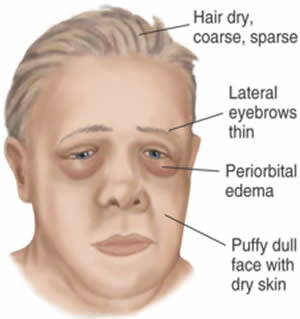
- Low heart rate (below 75 bpm)
- Low body temperature, less than 98°F/36.7°C
- Always feel cold (esp. hands and feet)
- Dry skin anywhere on body
- Moody / angry thoughts
- Feeling of stress / anxiety
- Brain fog, headaches
- Slow growing hair/fingernails
- Bowel issues (constipation, crohns, IBS, SIBO, bloating, heartburn, etc.)
- Frequent urination
- Low/no libido (and/or weak erections / poor vaginal lubrication)
- Yeast/candida susceptibility
- Inconsistent menstrual cycle, heavy, painful
- Infertility
- Rapidly thinning/receding hair. Thinning eyebrows
- Bad sleep
Thyroid hormone in the cell
Assuming no impediment exists for thyroid hormone production, and it can reach cells, it acts directly and indirectly on the process of respiration in cells – leading to the complete oxidation of glucose (into carbon dioxide). Without sufficient thyroid hormone to ‘uncouple’ the mitochondrial proteins, the respiration process cannot complete and usually results in lactic acid rather than the end product of carbon dioxide.
Thyroid hormone acts on both the mitochondria and nucleus of cells, causing short term and long term effects that improve oxidative metabolism. In the nucleus, T3 is thought to influence expression of certain genes, leading to mitochondriogenesis, meaning more/new mitochondria. On the mitochondria that already exist, it exerts a direct energy improving effect via cytochrome oxidase, as well as uncoupling respiration from ATP production.
This means that glucose can be pushed down the respiration pathway without necessarily having to produce ATP. While this may seem wasteful, it increases the amount of beneficial carbon dioxide, and stops glucose being stockpiled as lactic acid. This can be seen more closely in diabetics, who frequently get high levels of lactic acid leading to a state called lactic acidosis. Many hypothyroid people even produce significant lactic acid at rest. Thyroid hormone plays a direct role in alleviating this harmful state.
Thyroid hormone has another function in the body, combining with vitamin A and cholesterol to form pregnenolone – the precursor to all steroid hormones. This means that low thyroid levels inevitably result in low levels of progesterone, testosterone, etc. Low levels of bile salts will also occur, thereby hampering digestion. Thyroid hormone is perhaps the most important hormone in the body, supposedly regulating all essential functions and feelings of wellbeing.

References
ISRN Endocrinol. 2012; 2012: 126720. Assessment of the Effects of Low-Level Laser Therapy on the Thyroid Vascularization of Patients with Autoimmune Hypothyroidism by Color Doppler Ultrasound. Danilo Bianchini Höfling, Maria Cristina Chavantes, Adriana G. Juliano, Giovanni G. Cerri, Meyer Knobel, Elisabeth M. Yoshimura, and Maria Cristina Chammas
Lasers Surg Med. 2010 Aug;42(6):589-96. Low-level laser therapy in chronic autoimmune thyroiditis: a pilot study. Höfling DB, Chavantes MC, Juliano AG, Cerri GG, Romão R, Yoshimura EM, Chammas MC.
Lasers Med Sci. 2013 May;28(3):743-53. Low-level laser in the treatment of patients with hypothyroidism induced by chronic autoimmune thyroiditis: a randomized, placebo-controlled clinical trial. Höfling DB, Chavantes MC, Juliano AG, Cerri GG, Knobel M, Yoshimura EM, Chammas MC.
Azevedo LH, Aranha AC, Stolf SF, Eduardo CD, Vieira MM. Evaluation of low intensity laser effects on the thyroid gland of male mice. Photomedicine and laser surgery 2005; 23: 567-570.
Photochem Photobiol. 2015 Jul-Aug;91(4):942-51. Phototherapeutic Effect of Low-Level Laser on Thyroid Gland of Gamma-Irradiated Rats. Morcos N, Omran M, Ghanem H, Elahdal M, Kamel N, Attia E.
Dubovik V. The postoperative rehabilitation of the autoimmune thyroiditis patients with the use of lowintensive laser radiation.
Photomed Laser Surg. 2014 Nov;32(11):612-7. Effect of three different protocols of low-level laser therapy on thyroid hormone production after dental implant placement in an experimental rabbit model. Weber JB, Mayer L, Cenci RA, Baraldi CE, Ponzoni D, Gerhardt de Oliveira M.
Вера Александровна Кривова: Non-invasive low level laser system in rehabilitation of patients with autoimmune thyroiditis (Диссертация, 2010) – Translated
Д.А. ПУЗИН: Laser therapy in the treatment of subclinical hypothyroidism of various etiologies – Translated
Photomed Laser Surg. 2014 Aug;32(8):444-9. Effects of low-level laser therapy on the serum TGF-β1 concentrations in individuals with autoimmune thyroiditis. Höfling DB, Chavantes MC, Acencio MM, Cerri GG, Marui S, Yoshimura EM, Chammas MC.
J Athl Train. 2004 Jul-Sep; 39(3): 223–229. Low-Level Laser Therapy Facilitates Superficial Wound Healing in Humans: A Triple-Blind, Sham-Controlled Study. J. Ty Hopkins et al.
Rajender S, Monica MG, Walter L, Agarwal A. Thyroid, spermatogenesis, and male infertility. Front Biosci (Elite Ed). 2011 Jun 1;3:843-55.
Kolarova H, Ditrichova D, Waqner J. Penetration for the laser light into the skin in vitro. Lasers in surg Med 1999; 24: 231.
Laser Ther. 2011; 20(3): 205–215. Is light-emitting diode (LED) phototherapy really effective? Won-Serk Kim and R Glen Calderhead
An Bras Dermatol. 2014 Jul-Aug;89(4):616-23. Effects of low-power light therapy on wound healing: LASER x LED. Chaves ME et al., 2014
Irani S, Monfared SSMS, Akbari-Kamrani M, Abdol-lahi M, Larijani B. Effect of low-level laser irradiation on in vitro function of pancreatic islets. Transplantation Proceedings 2009; 41: 4313-4315.
Mendis-Handagama SM, Siril Ariyaratne HB. Leydig cells, thyroid hormones and steroidogenesis. Indian J Exp Biol. 2005 Nov;43(11):939-62.



